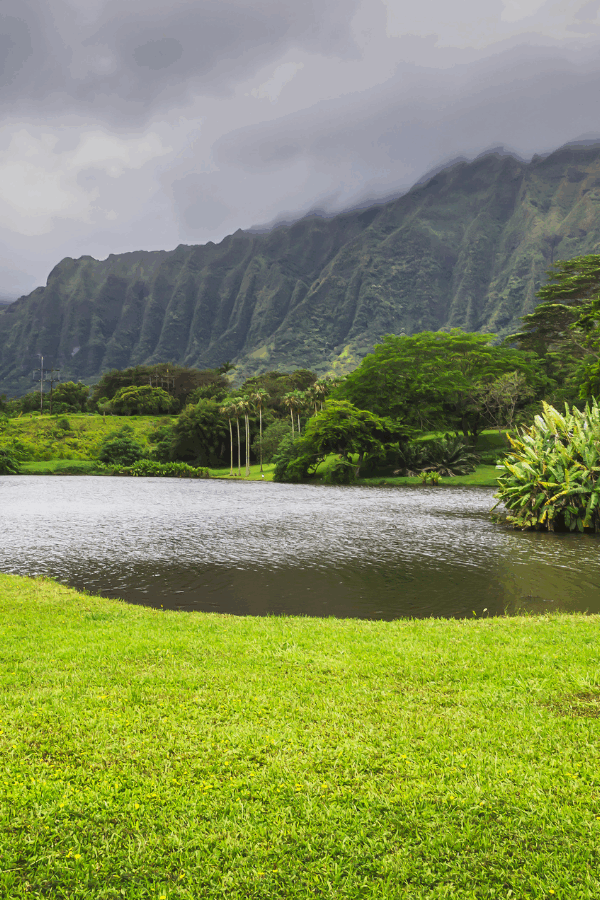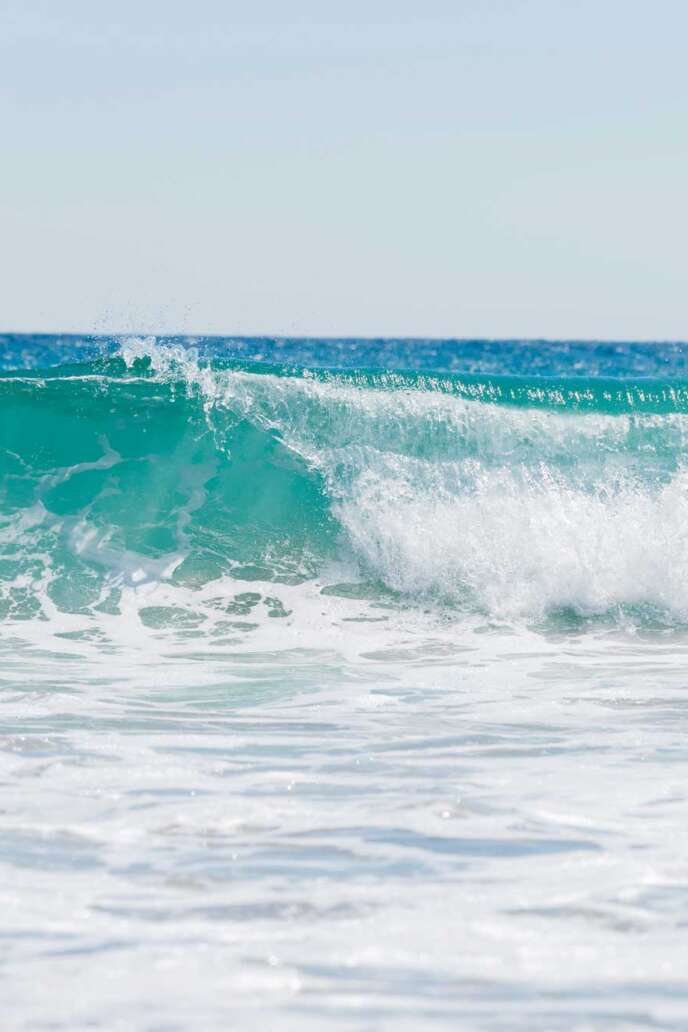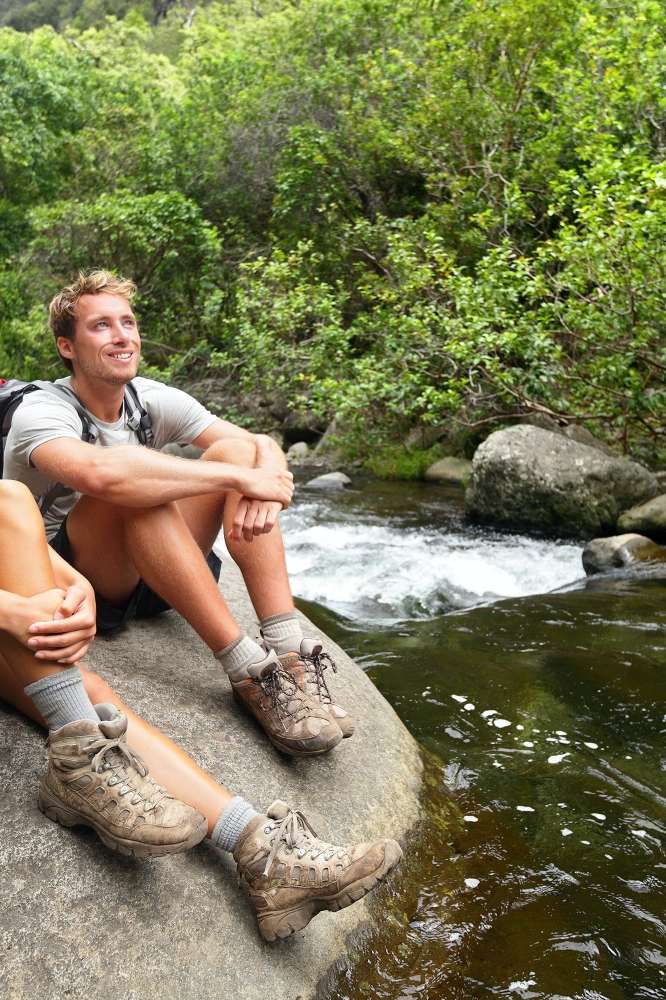Journey through Foster Botanical Garden, an emerald oasis in the heart of bustling downtown Honolulu. This enchanting sanctuary, the oldest botanical garden in Honolulu, is a verdant tapestry woven with a myriad of exotic plants, resplendent orchids, and towering trees, some of which are the last of their kind on Earth. Join us as we explore the mesmerizing beauty and rich history of this 14-acre paradise, a testament to the diversity and resilience of nature.
Highlights
- Foster Botanical Garden is the oldest botanical garden in Honolulu, spread over 13.5 acres with a rich history dating back to the 1850s.
- Unique plant species and 26 designated “exceptional trees” can be found across 6 parts of the park.
- Guided and self-guided tours offer visitors an immersive experience into local ecology and rich history.
- Various educational programs and events are available for children and adults.
- Discover memorials and sculptures, such as a replica of the Daibutsu of Kamakura, adding to the cultural tapestry of the garden.
History
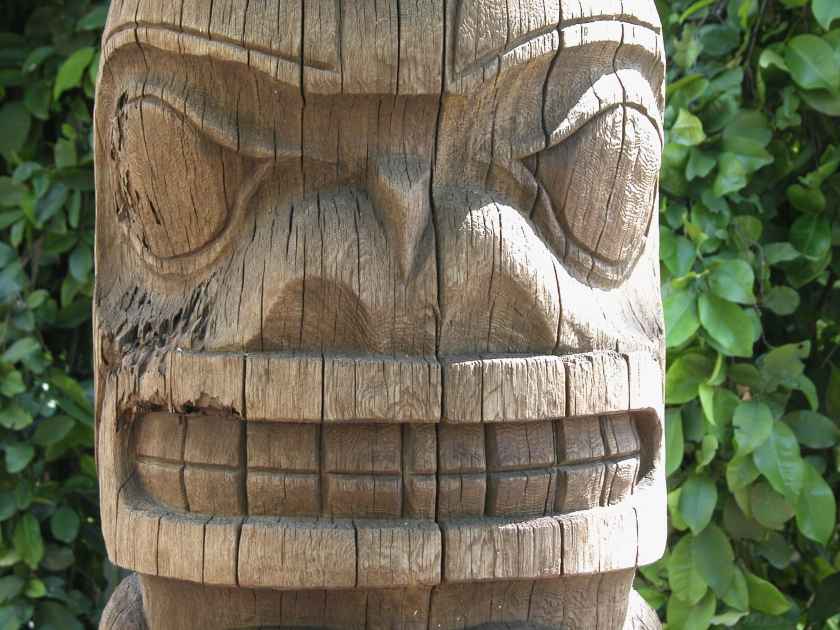
The Foster Botanical Garden is spread over 13.5 acres with a rich history dating back to the 1850s. It all began in 1853 when Queen Kalama leased a portion of her land to Dr. William Hillebrand, a German physician and botanist. In the upper terrace area of the garden, Mr. Hillebrand created a beautiful home for himself and his wife amidst the towering trees that he planted. Dr. Hillebrand introduced numerous plant species, laying the foundation for what is now Hawaii’s oldest botanical garden.
In 1884, Mr. Thomas R. Foster and his wife Mary Mikahala Robinson Foster took ownership of the property and devoted themselves to expanding Hillebrand’s plant collections. Recognizing the garden’s significance, Mrs. Foster donated the land to the City and County of Honolulu upon her passing in 1930, ensuring its preservation for the public’s enjoyment.
Over the years, dedicated directors Harold Lyon and Paul Weissich have further enhanced this captivating garden. Today, you can explore 26 exceptional trees, marvel at the lush terraced gardens adorned with palms, gingers, and heliconias, and immerse yourself in various themed gardens. Beyond its botanical wonders, the garden is also home to several mesmerizing memorials and sculptures. Alongside the Lili`uokalani Botanical Garden, Foster has earned a prestigious spot on the National Register of Historic Places, cementing its status as a treasured landmark.
Unique Plant Species at Foster Botanical Garden
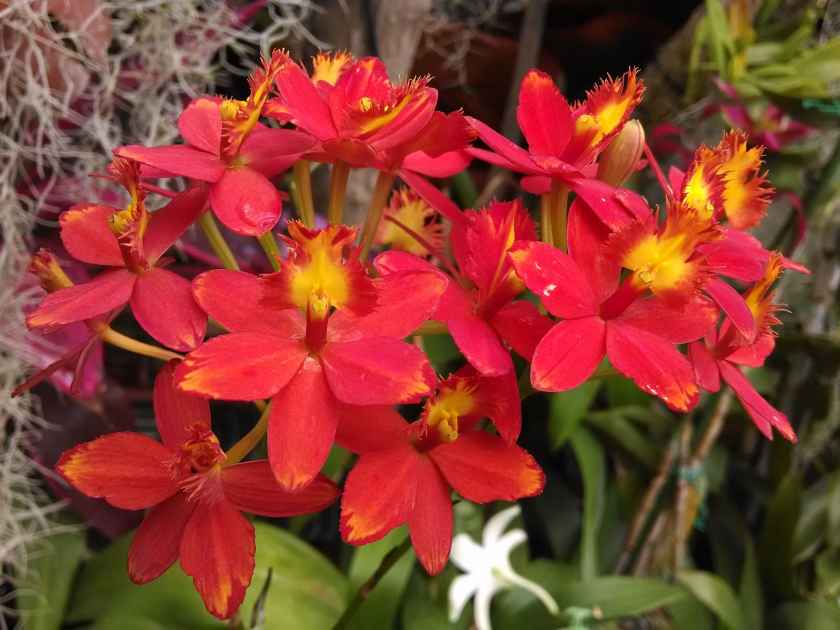
The public can visit six parts of the park that are of particular interest: the Prehistoric Glen, the Economic Park, the Upper Terrace, the Middle Terrace, the Lyon Orchid Garden, and the Hybrid Orchid Display. The Upper Terrace, which was constructed by the Hillebrands and dates back to 1853, is the oldest portion of the garden. The Lyon Orchid exhibits a variety of Old and New World orchid varieties. The Economic Garden features a variety of herbs, spices, dyes, poisons, and beverage plants utilized in Hawaii. The Middle Terrace features palms, aroids, heliconias, and ginger plants. The Hybrid Orchids exhibits diverse orchids in its building, while the Prehistoric Glen displays prehistoric flora from all across the world.
But the true standout of the garden is its exceptional trees. With 26 designated “exceptional trees,” these natural treasures are protected by Act 105. Sacred Fig, a clone of the Bodhi tree that Buddha sat beneath for inspiration, may be found here. Counties are required to ensure the preservation and care of these majestic trees amidst any land development projects. Take a moment to relax and enjoy the natural beauty surrounding you. Spread out a picnic blanket on the expansive grassy area and bask in the tranquility. Let the cool breeze and aromas of the jungle envelope you, creating a truly immersive experience.
Things to Do
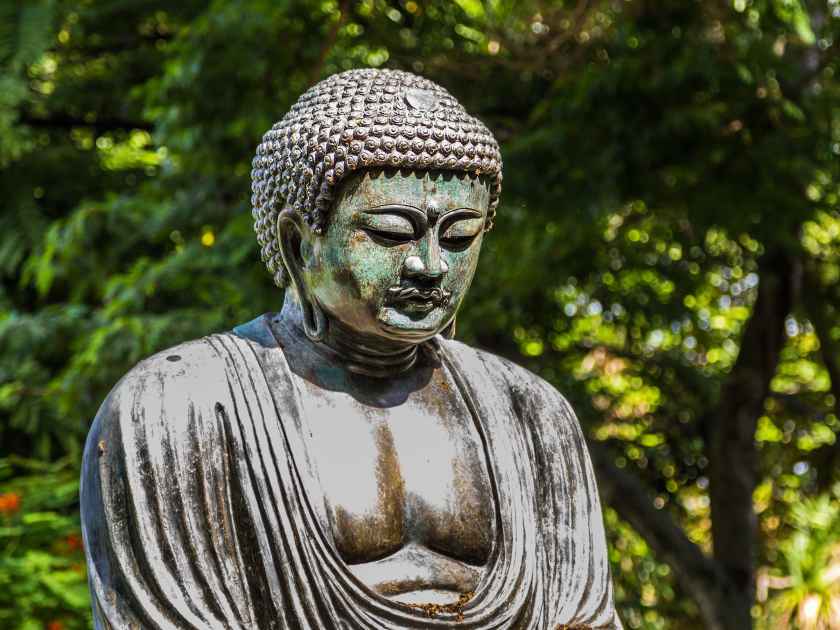
Take a Guided or Self-Guided Tours
Guided tours are an essential part of the Foster Botanical Garden experience, providing visitors with an in-depth understanding of the garden’s rich history and its diverse collection of plants. Under the expert guidance of knowledgeable staff, visitors can delve into the fascinating world of botany, learning about the unique characteristics of different plant species, their origins, and their ecological significance. The tours also offer anecdotes about the garden’s history and the people who have contributed to its growth over the years. Guided tours not only enrich the visitor’s knowledge but also foster an appreciation for nature’s complexity and the vital role of conservation efforts. They provide an immersive experience that elevates a simple garden walk into a memorable journey of learning and discovery.
For those visitors who prefer to explore at their own pace, Foster Botanical Garden offers self-guided tours. This allows you to wander through the various sections of the garden, lingering in areas that catch your eye or interest. The self-guided tours provide an opportunity to not only appreciate the natural beauty around but also engage in personal exploration and discovery of the garden’s flora. Strolls amidst nature can be an ideal form of relaxation, allowing you to unwind and rejuvenate. Furthermore, information boards strategically placed throughout the garden offer insights into the plant species, their origins, and significance, thereby making the tour educational as well as enjoyable.
Participate in Educational Programs and Events
Foster Botanical Garden offers a variety of educational programs and events for both children and adults, aiming to promote a deeper appreciation for nature and its conservation. Children can get their hands dirty in our interactive workshops, where they learn about plant life cycles, photosynthesis, and how to grow their plants. They also have the opportunity to participate in nature scavenger hunts, enhancing their observational and problem-solving skills. For adults, we host regular seminars led by botany experts, discussing topics like plant identification, sustainable gardening techniques, and the impact of climate change on plant biodiversity. Apart from this, our garden-themed art classes allow adults to express their creativity while learning about different plant species. We believe that education is a lifelong journey, and we strive to offer programs that are engaging, enjoyable, and enlightening for all age groups.
Discover Various Memorials and Sculptures
Foster Botanical Garden is not just a sanctuary for plants, but also a home to various memorials and sculptures that add to its rich cultural tapestry. One of the most prominent features is the replica of the Daibutsu of Kamakura. This striking homage to the famed bronze Buddha statue in Japan serves as a meditative spot for visitors. In addition, the garden houses a memorial stone marking the site of the first Japanese language school on Oahu, a testament to the island’s multicultural history. Art enthusiasts will be captivated by the ‘Sandwich Isle’ sculpture, an abstract piece installed in 1977 by artist Bob Flint, and the 1974 sculpture ‘Tree’ by Charles W. Watson, both creatively blending in with the lush green landscape. Each of these elements contributes to the unique charm and historical richness of the Foster Botanical Garden.
Best Time to Visit
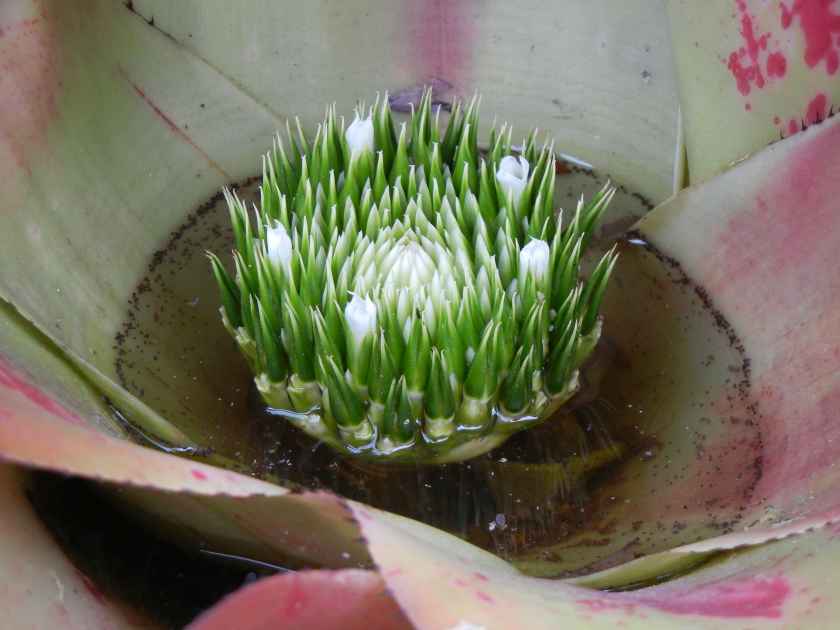
The best time to visit the Foster Botanical Garden is during the early morning hours or late afternoon when the tropical sun is less intense. The garden opens its doors to visitors at 9 am and closes at 4 pm, providing ample time to explore its vast beauty. Additionally, the garden is most vibrant during the spring and fall seasons when a wide variety of plant species are in full bloom. However, the garden’s year-round tropical climate ensures it remains a captivating destination in any season.
Tips for Visiting
- It’s advisable to check the weather forecast in advance and dress appropriately.
- Comfortable shoes are a must for walking through the expansive garden.
- Bring a hat and sunscreen to protect yourself from the strong Hawaiian sun.
- It’s also a good idea to carry a water bottle to stay hydrated.
- If you’re keen on photography, don’t forget your camera; the garden is a paradise for shutterbugs.
- While there are guided tours available, allotting some unstructured time to explore at your own pace can also be quite rewarding.
Frequently Asked Questions (FAQs)
The Foster Botanical Garden is a botanical garden located in downtown Honolulu, Hawaii. It is one of the oldest botanical gardens in the United States and is home to a vast collection of tropical plants, some of which are over 150 years old.
Foster Botanical Garden is situated at 180 N. Vineyard Blvd, Honolulu, Hawaii. It’s a haven of tranquility amidst the bustling city of Honolulu.
Foster Botanical Garden is home to a diverse range of tropical flora. You can marvel at the prehistoric-looking cycad circle, admire the beautiful orchid garden, explore the palm garden, and witness towering trees on the main terrace.
Foster Botanical Garden is open from 9 AM to 4 PM every day, barring city holidays. It’s a wonderful place to spend a few hours, immersing yourself in the beauty of nature.
Yes, there is a nominal admission fee for Foster Botanical Garden. The annual family pass costs $25, with adults paying $5, Hawaiian residents paying $3, children 6-12 paying $1, and children under 5 free.
Yes, Foster Botanical Garden offers guided tours. These tours are a fantastic way to learn about the vast array of plant species housed in the garden and the history of this exceptional place.
How to Get There
Foster Botanical Garden is located at 50 North Vineyard Boulevard, Honolulu, Hawaii. If you’re coming from Honolulu downtown, head northwest on Bishop St towards Beretania St, then take Nuuanu Ave and Vineyard Blvd to your destination. You’ll find the garden on your left. For public transit users, multiple bus lines, including routes 4, 13, and 32, stop near the garden, making it easily accessible. If you’re driving, free parking is available at the garden’s lot.
Foster Botanical Garden Should be on Every Nature Enthusiast's Bucket List!
Its verdant landscapes, comprising a rich tapestry of tropical flora, offer an exceptional opportunity for botanical exploration and photography. Foster Botanical Garden exemplifies conservation efforts, fostering awareness of the importance of preserving biodiversity. It is not just a garden – it is a living museum, an educational hub, and a serene retreat all rolled into one.


